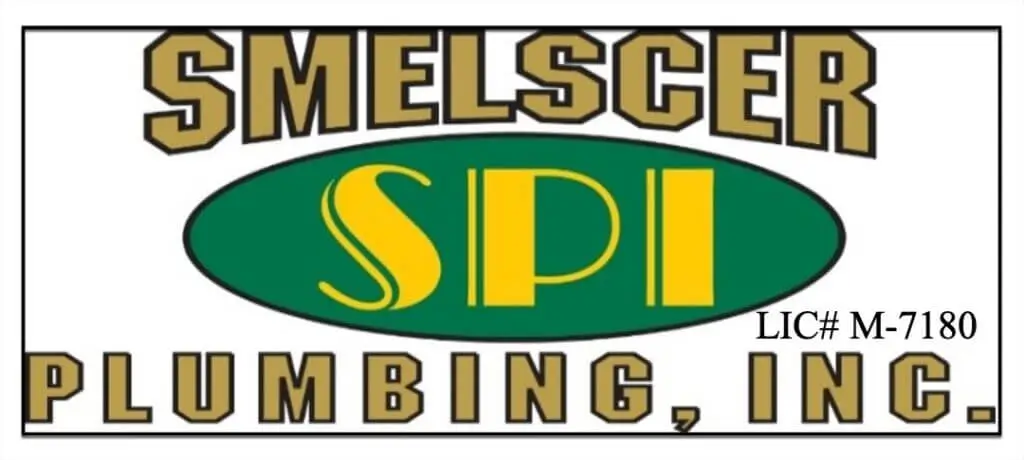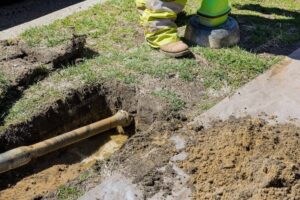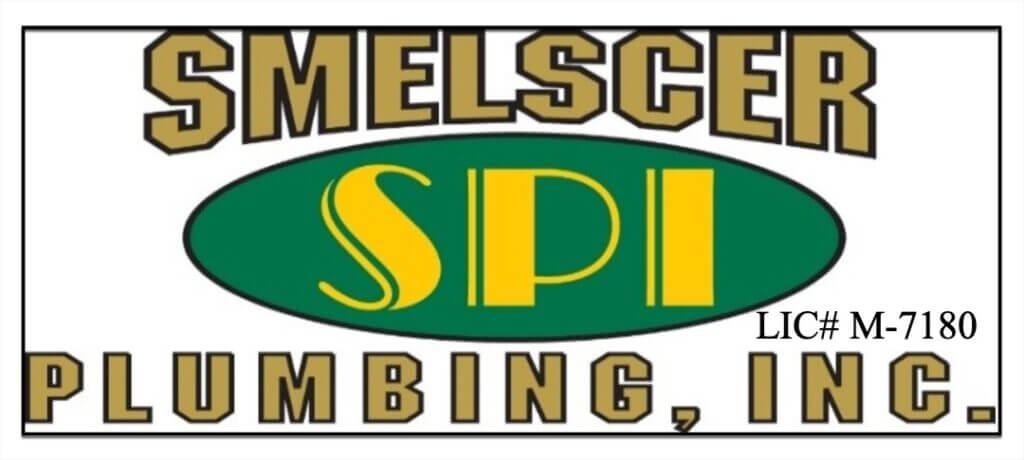Aging infrastructure is a growing concern in cities around the world. Among these aging systems, sewer infrastructure often takes a back seat until problems arise.
Deteriorating sewer systems can lead to a host of issues, including environmental contamination, service disruptions, and increased maintenance costs. However, trenchless sewer repair methods have emerged as innovative solutions to address these challenges.
In this blog, we’ll explore the issues surrounding aging sewer systems, delve into the intricacies of trenchless repair methods, and highlight their benefits in transforming the way we approach infrastructure renewal.
Table of Contents
ToggleChallenges of Aging Sewer Systems
Aging sewer systems present a range of challenges for municipalities and utility providers, which cascade into multiple areas:
- Increased Maintenance and Repairs
As sewer systems age, they require more frequent maintenance and repairs. This leads to higher operational costs for municipalities and utility providers. Routine inspection and upkeep become essential to prevent larger issues.
- Service Disruptions
Frequent sewer line failures can result in service disruptions, causing inconvenience to residents and businesses alike. These disruptions can be disruptive and costly for all parties involved, from homeowners to local businesses and the city itself.
- Environmental Concerns
Leaking and deteriorating sewer lines pose significant environmental risks. Contaminated water bodies and soil can result from untreated sewage leakage. Such incidents can lead to health hazards and environmental damage, necessitating immediate remediation efforts.
- Infrastructure Inefficiency
Aging sewer systems may not be equipped to handle the demands of growing populations and urban development, resulting in inefficiencies in sewage management. The inefficiencies may lead to wastewater overflow or backups, posing further threats to public health and the environment.
Trenchless Sewer Repair as a Solution
Trenchless sewer repair methods offer a promising solution to address the challenges posed by aging sewer infrastructure. These methods have gained popularity due to several key advantages that make them stand out as a viable option for infrastructure renewal:
- Minimal Disruption
Trenchless repair techniques minimize disruption to communities since they do not require extensive excavation. Traditional sewer repair methods often necessitate digging up streets, sidewalks, and landscapes, causing significant disturbances and inconveniences. Trenchless methods, on the other hand, offer a streamlined process that minimizes disruption to daily life and traffic flow.
- Efficient Repairs
Trenchless methods allow for efficient and effective pipe repair, reducing the downtime associated with traditional dig-and-replace methods. In many cases, trenchless repairs can be completed more swiftly, resulting in quicker restoration of services and reduced inconveniences for residents.
- Cost Savings
The reduced need for excavation and restoration can lead to significant cost savings for municipalities and utility providers. Traditional repairs often entail not only the cost of repairing the sewer line but also the expenses associated with restoring the affected areas. Trenchless repairs can significantly reduce these costs by minimizing the scope of excavation and restoration.
Types of Trenchless Methods
Several trenchless sewer repair methods are available, each suited to specific situations. These methods offer a range of innovative techniques for addressing sewer infrastructure issues:
- Cured-in-Place Pipe (CIPP)
CIPP involves inserting a flexible lining into the existing sewer pipe and curing it in place to create a new, durable inner pipe. This method is highly effective for rehabilitating aging sewer lines with minimal disruption.
- Pipe Bursting
Pipe bursting entails breaking the existing pipe while simultaneously pulling in a new pipe in its place. It’s a versatile method that can be used to replace damaged or deteriorating sewer lines efficiently.
- Horizontal Directional Drilling (HDD)
HDD creates a new borehole for the sewer pipe without the need for extensive excavation. This method is particularly useful for installing new sewer lines or rehabilitating existing ones in challenging terrain or high-traffic urban areas.
Assessment and Evaluation
Before implementing trenchless sewer repair, a thorough assessment of the sewer system’s condition is essential. This involves:
- Inspection Technologies
Plumbers use advanced inspection technologies, such as CCTV cameras and robotic crawlers to assess the condition of sewer lines. These technologies provide detailed visual data that helps engineers and technicians identify issues within the sewer system.
- Damage Assessment
Engineers evaluate the extent of damage and the suitability of trenchless repair methods based on inspection results. A detailed damage assessment is crucial for determining the most appropriate repair approach and estimating the scope of work.
Benefits of Trenchless Repair
Trenchless sewer repair offers numerous benefits that extend beyond immediate problem resolution, making it an attractive choice for infrastructure renewal:
- Reduced Disruption
Trenchless repair minimizes disruption to communities, businesses, and traffic flow during construction. This reduced disruption is especially valuable in densely populated urban areas where minimizing inconveniences is a top priority.
- Extended Lifespan
Trenchless methods can extend the lifespan of sewer systems, reducing the need for frequent repairs. By rehabilitating aging sewer lines, these methods effectively add years, if not decades, to the infrastructure’s service life.
- Environmental Benefits
Trenchless repairs are more eco-friendly, as they reduce soil disturbance and limit the risk of contaminants entering waterways. The reduced environmental impact aligns with sustainability goals and minimizes potential harm to ecosystems.
- Cost-Effectiveness
Trenchless pipe repair can be more cost-effective in the long run due to reduced excavation and restoration costs. While the upfront costs of trenchless methods may be comparable to traditional repairs, the overall lifecycle costs often favor trenchless solutions.
Sustainability and Environmental Impact
Trenchless sewer repair methods align with sustainability goals and have a positive environmental impact:
- Reduced Carbon Footprint
Trenchless methods reduce the carbon footprint associated with traditional excavation and transportation of materials. The reduction in heavy machinery and material transportation contributes to lower emissions and a greener approach to infrastructure renewal.
- Preservation of Green Spaces
Trenchless techniques help preserve green spaces in urban areas, contributing to a more sustainable urban environment. The minimal disruption to landscapes and green areas helps maintain the aesthetic and ecological integrity of cities.
Cost-Effectiveness
Lifecycle cost analysis often demonstrates that trenchless repair methods can be more cost-effective in the long term:
- Lifecycle Cost Analysis
Trenchless repair methods may offer lower lifecycle costs when compared to traditional excavation and replacement. While the initial investment in trenchless methods can be comparable or slightly higher, the reduced costs associated with excavation, restoration, and long-term maintenance often tip the scales in favor of trenchless solutions.
- Reduced Restoration Costs
Minimal excavation means reduced costs for restoring streets, sidewalks, and landscaping. Traditional dig-and-replace methods require extensive restoration efforts to return affected areas to their original condition, which can be costly and time-consuming. Trenchless methods significantly reduce these restoration expenses.

Future of Trenchless Technology in Infrastructure Renewal
As we look ahead, the future of trenchless technology in infrastructure renewal holds significant promise and potential. Here are some key aspects to consider:
Technological Advancements
Continued research and development in trenchless technology are expected to yield more innovative and efficient repair methods. These advancements may include:
- Improved Materials: The development of advanced materials with enhanced durability and corrosion resistance will contribute to longer-lasting repairs.
- Enhanced Inspection Technologies: Innovations in inspection tools, such as robotic sensors and augmented reality systems, will provide more accurate and comprehensive data for assessing sewer system conditions.
- Sustainable Construction Practices: Trenchless methods are likely to incorporate even more sustainable practices, reducing energy consumption and waste generation during repairs.
Expanded Applications
Trenchless technology is not limited to sewer repair; it can be applied to different underground infrastructure projects, including:
- Water Mains: Trenchless methods can rehabilitate aging water mains, reducing water loss and improving water quality.
- Gas Pipelines: The use of trenchless techniques for gas pipeline repair and replacement enhances safety and minimizes disruptions to gas supply.
- Utility Installations: Trenchless technology will continue to play a vital role in installing new utilities, such as fiber-optic cables and electrical conduits, without disturbing existing infrastructure.
Sustainability Initiatives
The environmental benefits of trenchless technology align with sustainability initiatives. Cities and municipalities are increasingly prioritizing green infrastructure solutions, and trenchless methods fit well within this framework by:
- Preserving Urban Green Spaces: Trenchless techniques help protect urban green spaces, contributing to improved quality of life and ecosystem health.
- Reducing Carbon Footprint: As trenchless technology evolves, its environmental impact will continue to decrease, aligning with global efforts to reduce carbon emissions.
- Conserving Natural Resources: By extending the lifespan of underground infrastructure, trenchless repairs reduce the need for raw materials, contributing to resource conservation.
Educational Initiatives
To fully realize the benefits of trenchless technology, education and training programs will become increasingly important. These initiatives will:
- Promote Awareness: Educating engineers, contractors, and decision-makers about the advantages of trenchless methods will encourage their adoption.
- Ensure Proper Implementation: Proper training ensures that trenchless techniques are applied correctly, optimizing their effectiveness and reducing the risk of errors.
- Foster Innovation: Education and collaboration within the industry will drive innovation, leading to continuous improvements in trenchless technology.
Global Expansion
Trenchless technology has already made significant inroads globally, and its adoption is expected to expand further. Municipalities and utility providers worldwide are recognizing the value of trenchless methods in preserving infrastructure and reducing costs.
- Cross-Border Collaboration: Collaboration among countries and regions will lead to the sharing of best practices and the standardization of trenchless techniques.
- Emerging Markets: Developing countries with growing infrastructure needs will increasingly turn to trenchless methods as a cost-effective and efficient solution.
Conclusion
The future of trenchless technology in infrastructure renewal is bright. Continued advancements in technology, expanded applications, sustainability initiatives, educational programs, and global adoption will shape the trajectory of trenchless methods. By embracing these innovations and prioritizing the preservation and improvement of underground infrastructure, communities can ensure a reliable and sustainable future for their sewer systems and beyond. For more information about trenchless sewer repair, contact us today.




